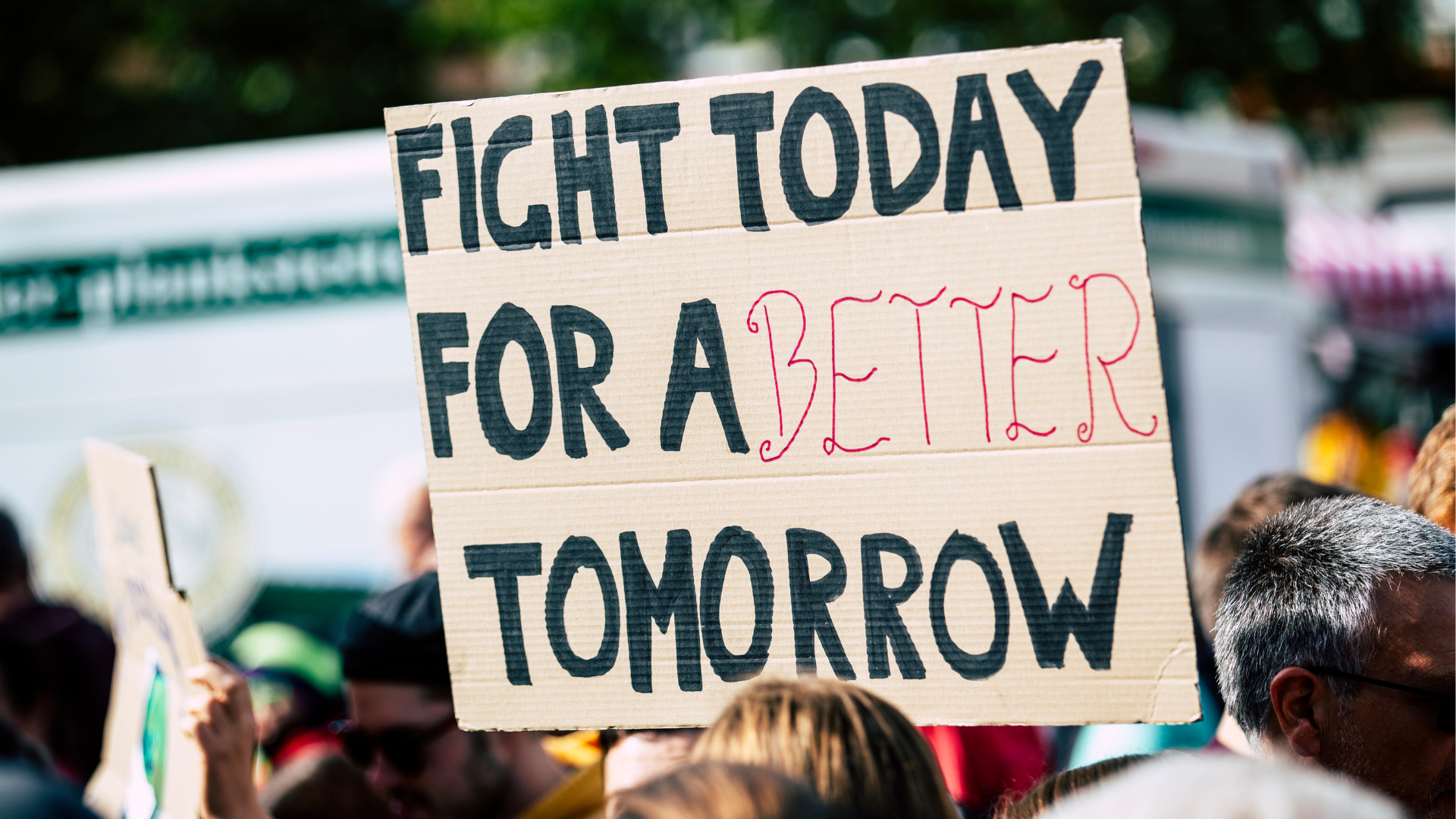Turning Attention Into Action
Change happens when you harness a powerful story to a clear call to action
Three weeks after the Presidential election, individuals and organizations in the country’s philanthropic, political, and social justice spaces are grappling with the urgent need to prepare for a political future so unprecedented that educated guesses and vibe checks are the only compass—or so, perhaps, it would seem.
Communications professionals are particularly well-versed in adapting and adjusting to tumultuous news cycles, shifting narratives, and unexpected roadblocks. The bearing of our compass remains true: Change happens when we harness a powerful story to a clear, honest call to action.
Attention is a precious and fleeting commodity, but that’s always been the case, even when news cycles moved at a slower pace. How to draw attention to worthy goals; how to keep that attention focused; how to translate it into action—these have always been the foundational questions of our work.
And, parallel to the daily stream of deeply troubling news, we’re also witnessing a surge in public awareness of the shared obligation to stand for the fundamental rights of all. Those who were already advocating for the marginalized, underrepresented, and under-resourced have redoubled their commitment; many who have little previous experience in the long-standing fight for justice and equity have been galvanized.
The temptation to change our message, preemptively fall back, or just lie low is both understandable and misleading. The message is as it’s always been—it’s only gotten more urgent. Falling back is a way of obeying in advance, and lying low won’t protect the truly vulnerable. If our message is, at its core, an end to injustice, there has never been a more crucial time to stay on brand.
Our job, then, is what it has always been: Capture attention with powerful stories that tell the truth about our country, the terrible costs of injustice, and the lived experiences of those facing those injustices. Those closest to the problem are always closest to the solution, so we give change agents and community-based organizations the tools they need to tell those stories and channel their passion into meaningful action.
Do we need to activate our audiences to contact elected representatives about a particular nomination or bill? The “why” must be straightforward—this bill or these nominees threaten to pull the rug out from an already precarious situation or vulnerable population—and the “ask” as actionable as possible: “Call your representatives. Here are those numbers, and here is a brief sample script.” In these past three weeks, we’ve already seen that approach succeed in the initial pushback against HR 9495, a bill that gives the next administration previously unheard-of power to close the doors of any nonprofit it didn’t like. Sadly, that effort was unsuccessful, and the House ultimately passed the bill. However, activation is not a one-time thing; it must be sustained and reinforced with actionable messaging over time.
Are we centered on providing rapid support to communities facing the threat of mass arrest or deportation? We listen to community members who have done this work for decades, make sure their stories gain traction in a news environment hungry for “what it all means” narratives, and call in anyone in a position to translate experience and personal privilege into action: lawyers to represent the unjustly detained; clergy to excoriate the pretense of morality surrounding a campaign of violent dehumanization; neighbors who are safe from these threats to help meet daily needs. Give people an assignment and a direction, and they will act.
None of which is to downplay the enormity of the task at hand. Our efforts must meet not just the need but also the urgency of the times. In the coming days, weeks, and months, we’ll be called upon to redouble our commitment to pushing back against the most reactionary and authoritarian forces this country has perhaps ever seen. There’s no simple way around it or easy path through it. We will have to work hard and refuse to be deterred or distracted.
But we know how to do this. Tell the story, make it stick, and issue an inspiring call to action. That’s the job. Let’s get down to it.

